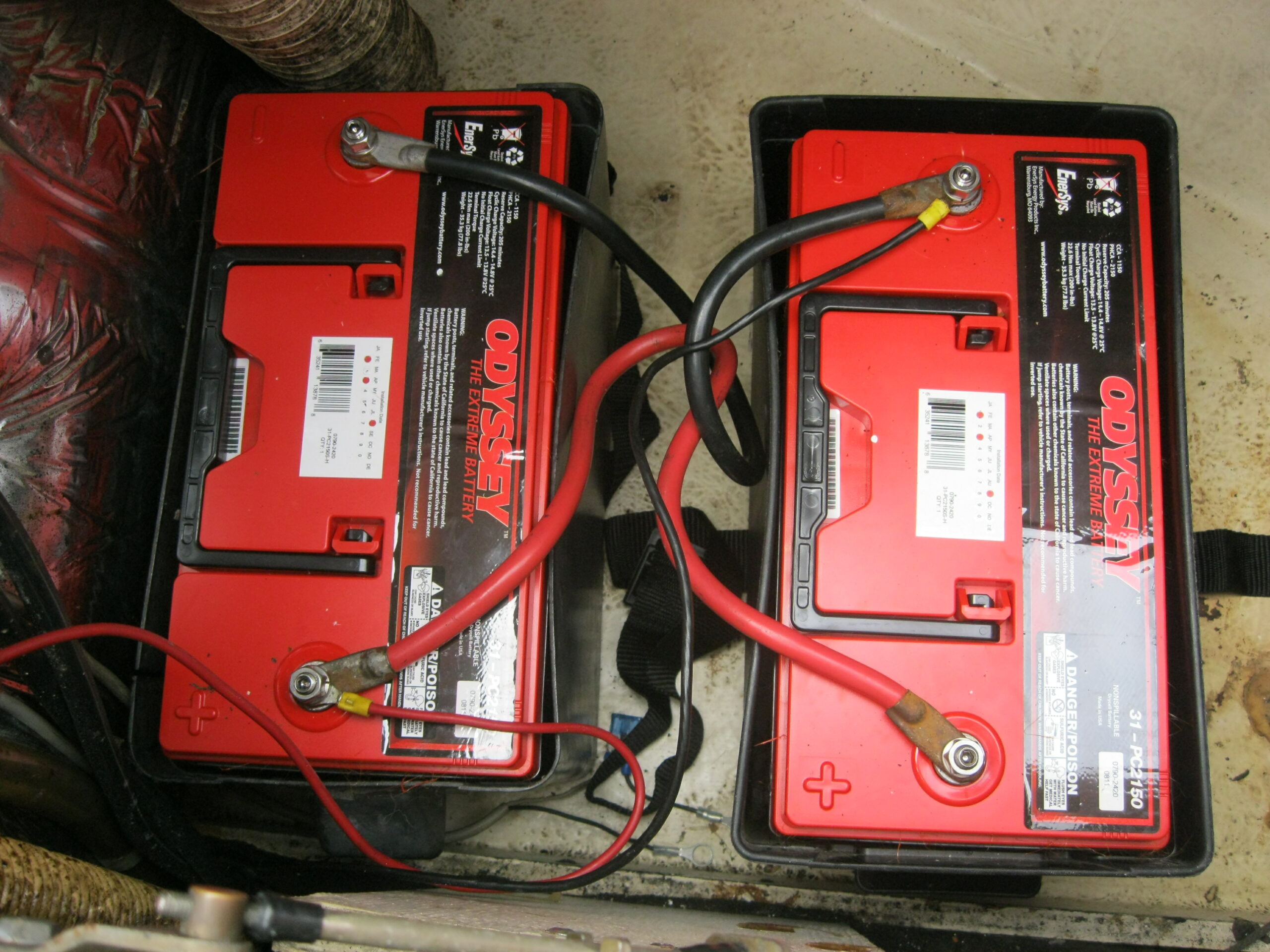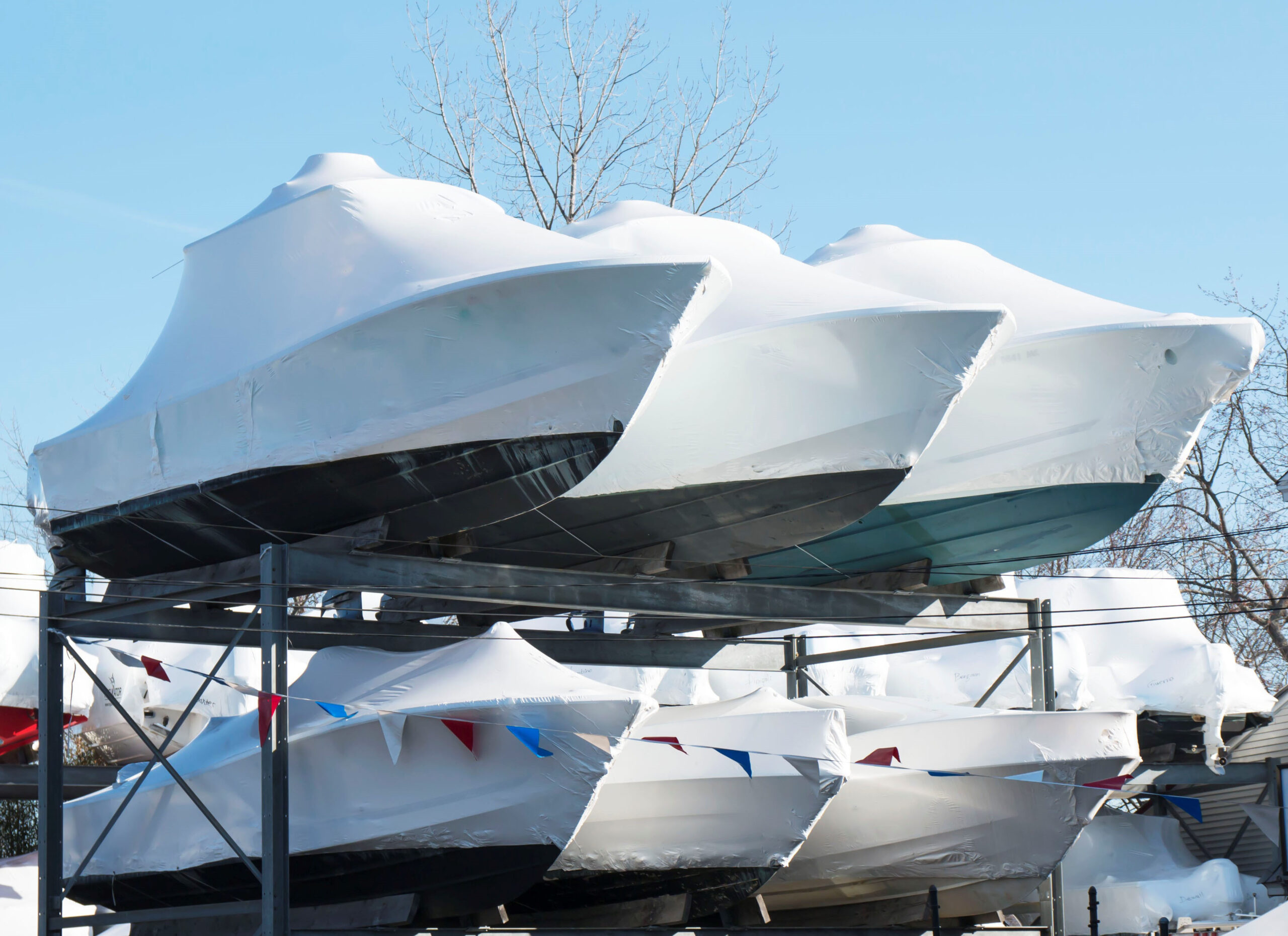-from the desk of Senior Staff Writer John Parvis, Brownsville Yacht Club
Let me start out with a confession. I have had an A/C breaker that has been tripping out on me for more than several years. It is the breaker that supplies power to my three battery chargers. The 20 Amp breaker was probably adequate initially for two chargers, but when a third one was added to charge the thruster batteries, problems arose. If I disconnected one of the chargers, everything worked just fine. After the house and start batteries had charged up a bit, I could plug in the third charger, and all was good again. Too much inrush current maybe.
My boat was built in 1979, and the circuit breakers are almost all the original ones. Circuit breakers don’t last forever. Time to dig out the test equipment to find out what was going on. A clamp-on ammeter was used to determine the load going to the breaker. It drew 17 amps with the initial inrush powering up the battery chargers. Probably should not have tripped the breaker, but no harm putting a new unit in and I already had a spare. That cured the problem. No more tripping from that breaker.
That got me thinking that I really needed to have more information on the current draw for the 30 amp circuit when I draw power from the dock. Not a good idea to overload the system. Best to keep usage to maybe 25 amps to be safe. I did not want to dig out my clamp-on meter and pull a panel apart every time I had a question on how much current that I might be using. Galley appliances, hair dryers, electric heaters, and dehumidifiers all can use lots of current.
Google to the rescue. For about $20.00, I was able to purchase a simple to install current meter. It works very similar to the clamp-on meter but is permanently installed.
The install involved identifying the main hot power wire going to your A/C panel and where to get 115 volts. On my system, the easiest place to get the 115 volts was from the two wires going to the installed volt meter. The sensor that goes on the hot lead is easily installed by opening up the jaws, and then snapping it back in place.I also like to fuse devices, so added a 1 amp fuse in a holder. Deciding where to mount the display module and running the wires took most of my install time.
I have now been able to put together a chart showing the amp draws of any A/C devices that can get plugged in for the boat. I know when I need to shed loads to avoid tripping a breaker.
If you don’t already have a way of seeing what your A/C power usage is on your boat, this is an easy solution.




